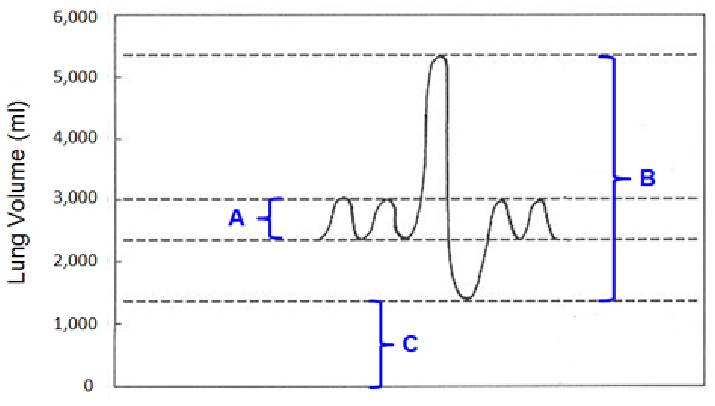Which statement best describes the molecular basis of muscle shortening?
A) Individual filamentous proteins contract.
B) Individual filamentous proteins shorten by coiling.
C) Rod-shaped protein polymers shorten by losing subunits from their ends.
D) Protein filaments ratchet along other protein filaments.
Answer: D
You might also like to view...
Which substances are reabsorbed in the proximal convoluted tubule?
A. K+ ions B. Na+ ions C. HCO3- ions D. glucose E. All of the choices for this question are correct.
Due to a mutation in a smooth muscle gene, the blood vessels in the skin of a certain strain of mouse become dilated when temperature falls below a certain point. Based on the likely outcome of this mutation, what precautions should the researchers take to maintain the health of their mice?
A. The mouse room should be maintained at a cooler than normal temperature. B. The mouse room should be consistently maintained at a warm temperature. C. The mice will have weak muscles, and should be provided with exercise wheels. D. The mice will be susceptible to high blood pressure, and should not be provided with exercise wheels. Clarify Question What is the key concept addressed by the question? What type of thinking is required? Gather Content What do you already know about mammalian body temperature? What other information is related to the question? Choose Answer Given what you now know, what information is most likely to produce the correct answer? Reflect on Process Did your problem-solving process lead you to the correct answer? If not, where did the process break down or lead you astray? How can you revise your approach to produce a more desirable result?
In the below graph, if Bracket A represents the tidal volume and Bracket B represents the vital capacity, respectively, of a young man, what does Bracket C represent?

A. air that is not used for gas exchange
B. air with a concentration of oxygen higher than that of air outside the body
C. anatomical dead space
D. air from a previous breath that does not mix with newly-inhaled air of the next breath
E. air that helps keep the alveoli inflated (open) after forced exhalation
Clarify Question
What is the key concept addressed by the question?
What type of thinking is required?
Gather Content
What do you already know about the lungs? What other information is related to the question?
Choose Answer
Given what you now know, what information is most likely to produce the correct answer?
Reflect on Process
Did your problem-solving process lead you to the correct answer? If not, where did the process break down or lead you astray? How can you revise your approach to produce a more desirable result?
Because the fossil record is now complete, it provides compelling evidence to support the theory of evolution
Indicate whether the statement is true or false